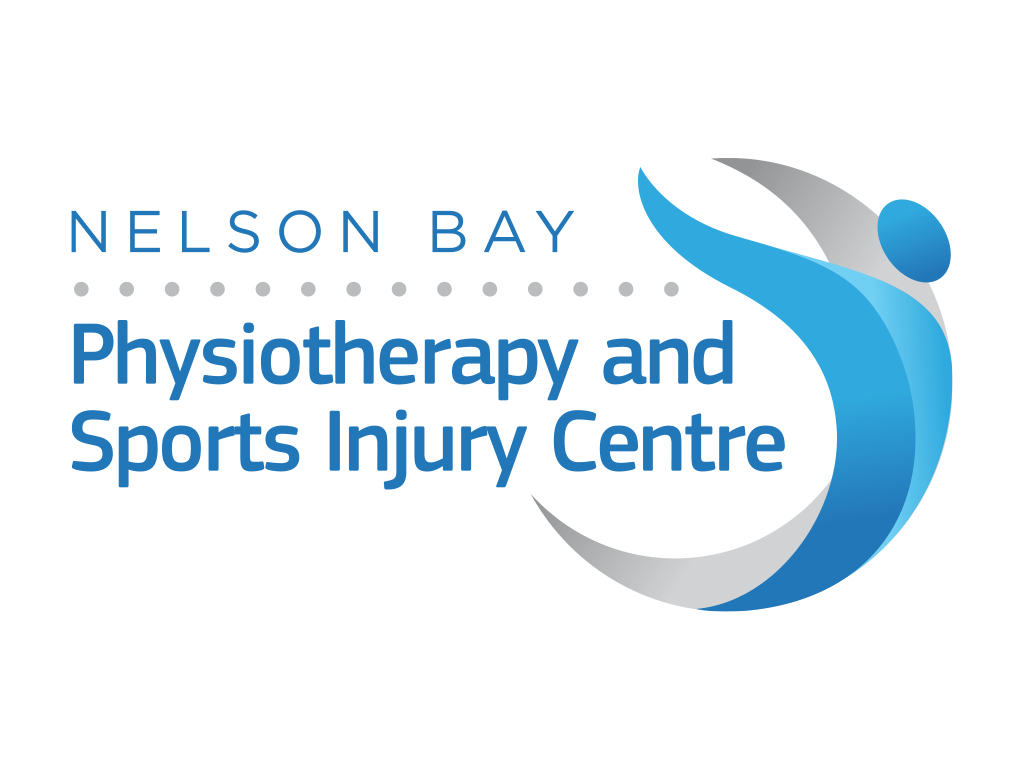Australian Physiotherapy Association’s top tips for preventing back pain
September 20, 2015

7th September 2015
With World Physiotherapy Day taking place on Tuesday 8 September, the Australian Physiotherapy Association (APA) is urging Australians to take an active interest in protecting themselves from injury and chronic pain.
Up to 80% of Australians experience back pain each year, with 10% having significant disability as a result. There are many different causes for back pain— from postural stress, through to muscle strains, ligament sprains, disc problems and muscle weakness.
In line with World Physiotherapy Day, the APA has provided their top tips on how to move well and stay well, to prevent back pain.
1. Make sure you’re lifting correctly: from groceries through to lifting goods at work, stand with your feet shoulder-width apart, and bend at the hips and knees. Grip the load firmly and hold it close to your body, tightening your stomach muscles and using the strong muscles of your legs to lift. Always keep your back as straight as possible, and gently breathe out. Avoid twisting— turn by using your feet, not your back.
2. Focus on your standing posture: think tall—chest lifted, shoulders relaxed, chin tucked in and head level. Your posture should be stable, balanced and relaxed, when sitting, walking or standing.
3. Don’t stay seated for too long: ideally, don’t stay seated for more than 20 minutes. Even if you’re at work, stand up, stretch and walk around. The right back support will also help. Ensure your workstation and computer are correctly positioned.
4. Driving: good support from your car seat will prevent back pain. Adjust your seat to sit comfortably—and make sure you take regular breaks on long journeys. If you need more lower back support, use a lumbar roll or a rolled-up towel.
5. Sleep support is key: your mattress should be firm enough to support your natural shape.
6. Exercise to keep your back strong: stay in shape— healthy body-weight is less strain on your back. Your physiotherapist can show you how to keep your back flexible and strong with correct back and abdominal exercises.
If your back hurts, don’t ignore the pain. Physiotherapists are trained to correctly assess the problem and provide safe, effective treatment. For rapid recovery, see your physiotherapist early.
